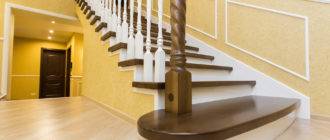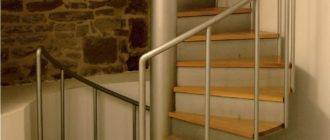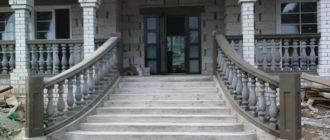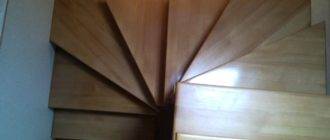Marching stairs are the most common designs. It is most convenient to climb and descend along them, because the biomechanics of movements is taken into account. These models are very appropriate in those rooms where there is plenty of space.
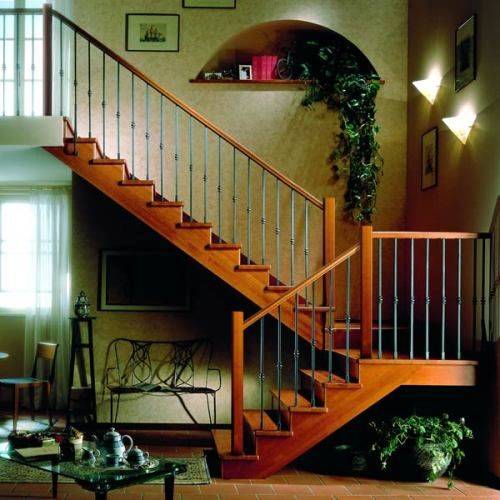
The size of such a structure and the space corresponding to it can be calculated as follows:
- the height of the wall is measured along which the stairs will run;
- the length of the floor is measured;
- after that, a right-angled triangle is drawn, in which the legs are the floor and the wall, and the march is the hypotenuse. Perfect option - 45 degrees... The width of the structure will depend on the individual wishes and needs of the owner.

Varieties of marching stairs
A distinctive feature of marching structures is that they consist of marches.
Advice! Each march consists of at least three steps, the number of which must not exceed 15... If this rule is not followed, climbing such a structure will become difficult.
A standard march is equivalent to 10-11 steps. With a long structure, special platforms are installed in the form of gaps, the size of which corresponds to the width of the march or slightly exceeds it. The size of such gaps is a multiple of the step.
Closed and open views
The flight staircase to the second floor can be:
- closed type - it is supposed to use steps with risers;
- open type - risers are not expected.

Separation by design
Marching ladders are divided according to their structures. They come in different types of step fastening:
- With kosoura: placement of steps with laying in "saddles" - the steps are laid on the kosourny beam from above, and risers are mounted from the end. The beam has a sawtooth shape.
- With ladder bowstrings.
Stringed structures are not very popular compared to bowstrings - they look good if they are made of wood. The stringer varieties are good in rooms that are designed, for example, in the "country" style.
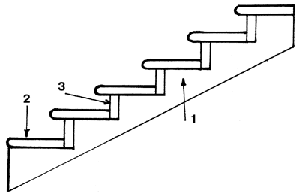
Bowstrings are load-bearing inclined beams that run along the entire length of the march:
- generally, overall staircases (from two meters wide) are made with bowstrings;
- fragments of the march from the ends are closed with a bowstring;
- the steps are fastened here in grooves (wide gaps), which are located inside the load-bearing beams, with a thickness not less than 6 cm.
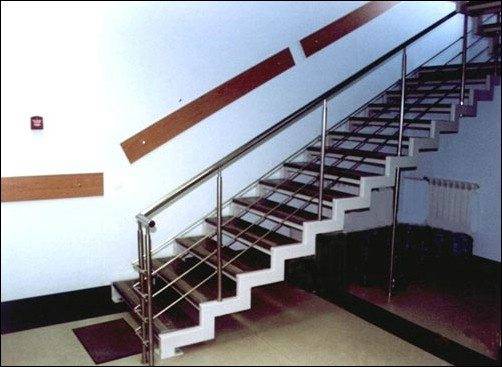
Number of flights in the structure
In addition, ladders are divided into single-march, double-march and multi-march.
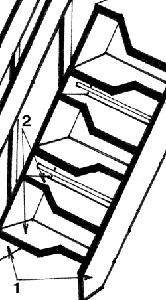
The number of marches directly depends on the features of the layout, the number of storeys of the building and the purpose of the premises.
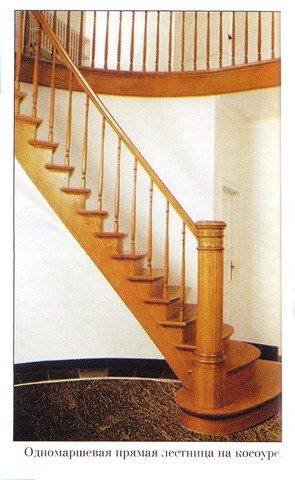
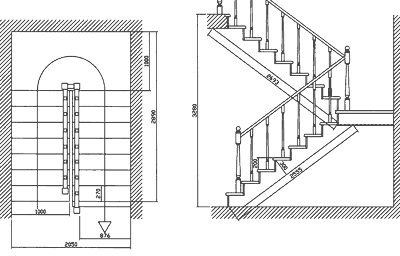
Swivel and straight options
The smallest requirements for direct flight stairs. They are characterized by:
- convenience;
- strength;
- ease of manufacture.
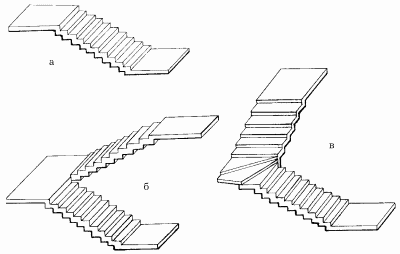
If there are more than ten steps, then the march must be divided into separate components, setting a platform between them. With an intermediate platform, the structure becomes a turning one.
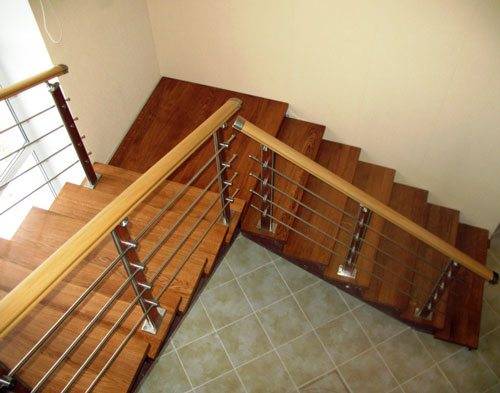
Advice! To save space, the gaps can be replaced with steps, called "run-in" - these structures have an inner edge that is narrower than the outer one.
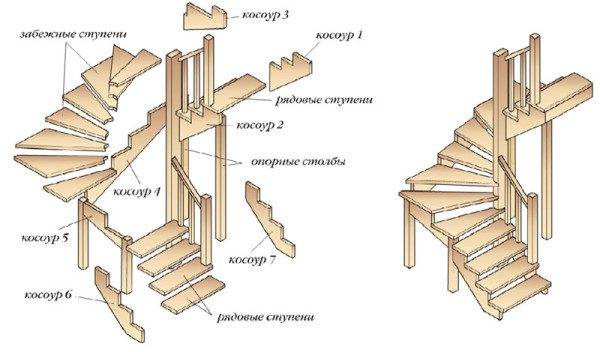
Unlike straight ones, turning stairs will take up a smaller area, while having steps of the same height. Rotary models are usually installed along the walls - it will be very convenient to place utility rooms or storerooms under them.
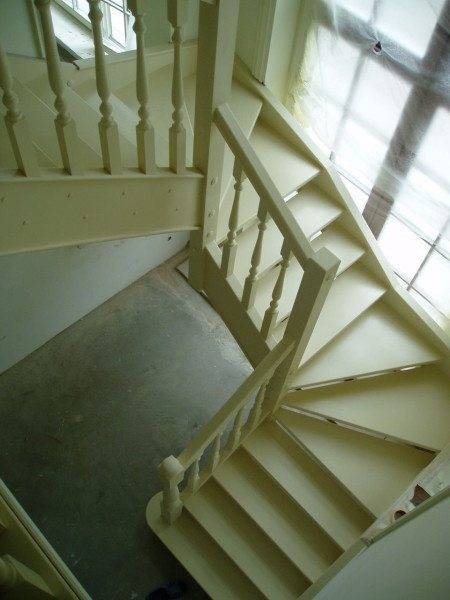
Rotary structures, in turn, are divided into subspecies:
- These are curvilinear marches, in particular: the width of their narrow end should be more than 10 cm.
- There are also staircases curved in shape with winders, which we mentioned above: they look very impressive, although it is not very convenient to move along them, because the legs do not feel the necessary support.
- There are also half-turn (angle of rotation - 180 degrees), quarter-turn (90 degrees, usually mounted along adjacent walls) and circular (360 degrees) marches.
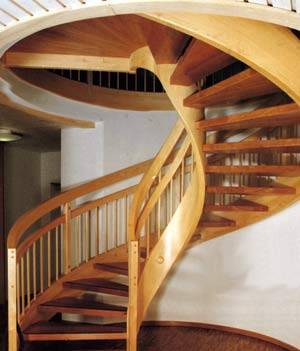
Finally
As you can see, there is a considerable variety of designs, both in materials of manufacture (marching stairs made of metal, wood and combined options), and in all kinds and configurations discussed above (see also options for decorating staircases in private houses).
In the video presented - in this article - you will find additional information on this topic.

